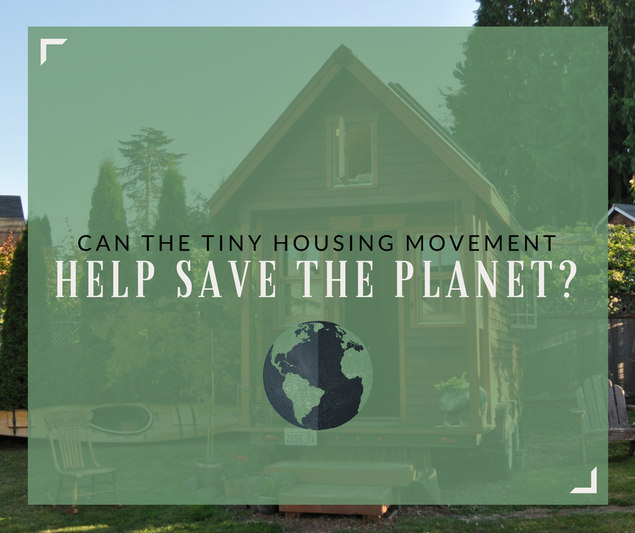|
Today is the 30th World Population Day. This global holiday started on July 11th, 1987 when the world population approximately hit 5 billion people. Now, on the 30th anniversary, our World population is around 7.6 billion people. BBC News says, by 2100 the world is projected to have a population of 11.2 billion people. Our global society (especially richer countries) is fueled by consumerism, and that is leading to overconsumption of our world's resources. According to research conducted in 2000 by SERI (Sustainable European Research Institute), "Humans today extract and use around 50% more natural resources than only 30 years ago, at about 60 billion tonnes of raw materials a year. -- On average, an inhabitant of North America consumes around 90 kilograms (kg) of resources each day." The equivalent of about 198 lbs. per day! The amount of weight we consume in 2017 is higher and is predicted to keep increasing if we don't start to work towards positive changes as a global society. via academia.edu
Tiny houses come in all styles and range in size anywhere from 100 to 500 square feet. Because of tiny houses size it cuts way down on overall costs and resources to build and maintain them. Let's explore some of the beneficial impacts tiny housing can have on the world. Via Zillow Consume Less Natural ResourcesCO2 emissions are one of the main causes of global warming. Tiny House Build provides detailed stats on the difference in CO2 levels between an average home and the average tiny home. For the full infographic with all the stats head to Tiny House Build.
 Students at Laney College in Oakland, California built a "net-zero, solar-powered" tiny home for a competition. Named "The Wedge" it's designed to create as much energy as is used in the home. It's solar panels supply most of the homes energy. They also thought about California's issue with water scarcity and put a compost toilet in the house that uses greywater. Read the full article about The Wedge.
4 Comments
In Arkansas, summer arrived early this year. With temperatures rising up in the high 80's and early 90's this spring, my air conditioning has been working on overdrive. I was shocked last month to receive an astronomical electric bill. I have lived in my home for 4 years and the highest bill I've ever had was only half of the cost of last month's bill. In an effort to cut my electric bill in half, I've been researching the most effective ways to conserve home energy use during the summer months. These easy, affordable tips will help save you hundreds of dollars over the course of the year. Do you have any other useful tips to cut costs on your electric bill? Comment below and let me know!
Spring has finally sprung! With temperatures rising into the 70's and 80's, now is the time to start planning your summer garden. The past three years I have planted a variety of plants in containers with some successes and a few failures. I have realized that the green thumb I hoped for has still yet to develop. One of the reasons is that my summer schedule seems more hectic and I'm not home as much. Because of that I have been researching low-maintenance plants to plant this year to help boost curb appeal. If you're a lazy gardener, like me, here are a variety of resilient plants that will thrive with little care. Carissa HollyScientific Name: Ilex Cornuta
Size of Plant: 3-4' tall and 5-6' wide Amount of Light Needed: Full sun to partial shade This commonly used foundation bush is low maintenance and drought resistant. It's the perfect plant for the lazy gardener who wants a simple hedges to boost their curb appeal. In April to May it blooms small white flowers. Have you ever wondered where Shakespeare and his wife Anne Hathaway lived? or what ever became of Yoko and John's central park apartment in The Dakota? This blog explores homes owned by famous couples throughout different time periods in history. William Shakespeare and Anne Hathaway: |
Sarah StrickerWrite something about yourself. No need to be fancy, just an overview. Archives
July 2017
Categories
All
|
- Home
- Contact Us
- Our Listings
- Blog
- About Us
-
NWAR Real Estate Mkt.
- May '18 NWAR Market Update
- March '18 NWA Market Update
- February '18 NWA Market Update
- Sept '17 Market Update
- August '17 Market Update
- July '17 Market Update
- May '17 Market Update
- February '17 Market Update
- July '16 Market Update
- June '16 Market Update
- May '16 NWA Real Estate Market Update
- March '16 NWA Real Estate Inventory Update
Proudly powered by Weebly





















 RSS Feed
RSS Feed